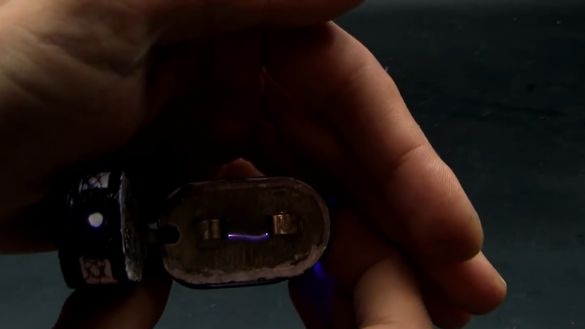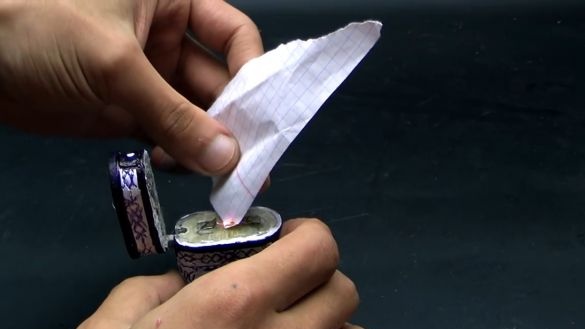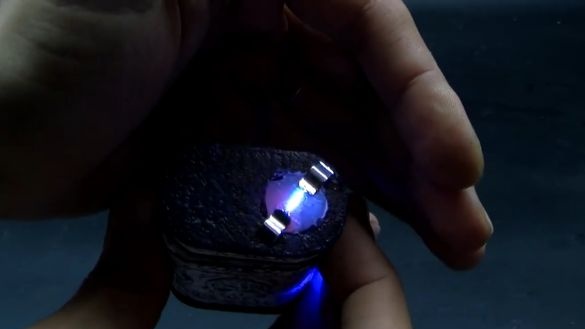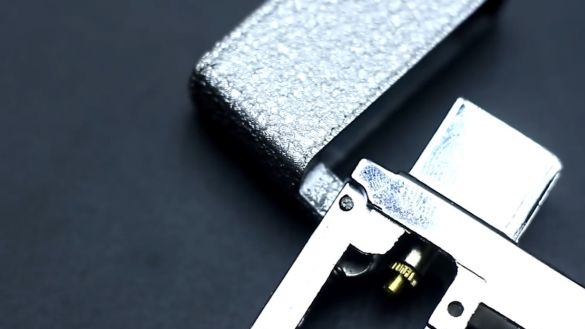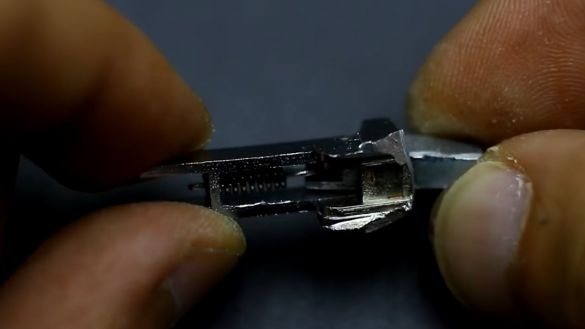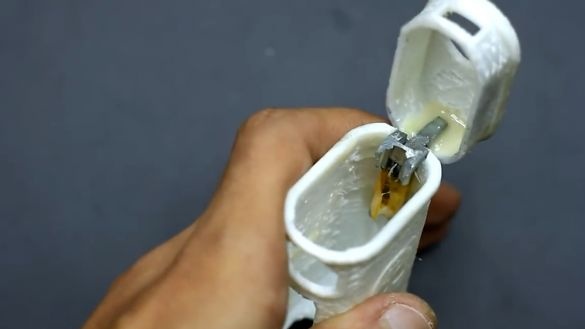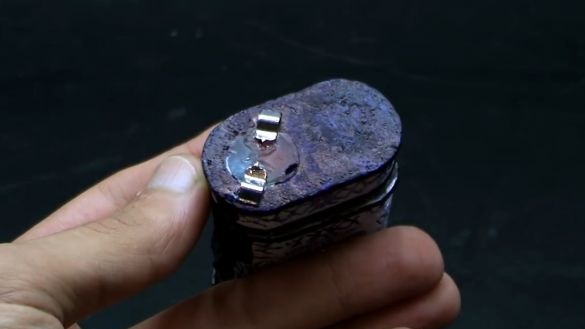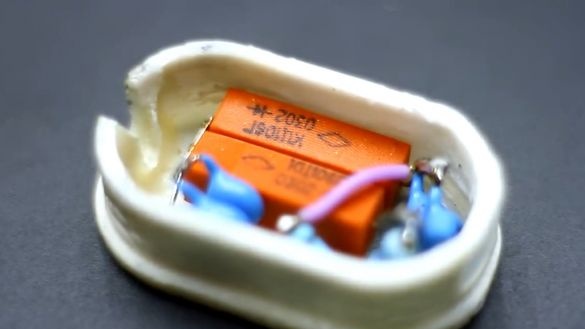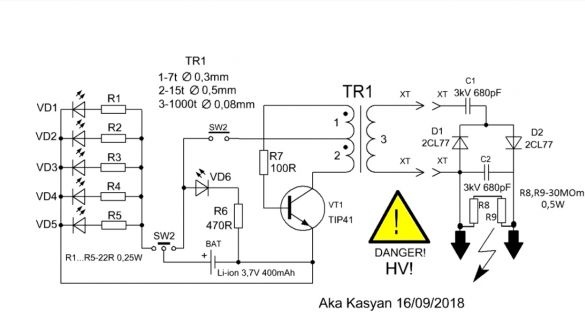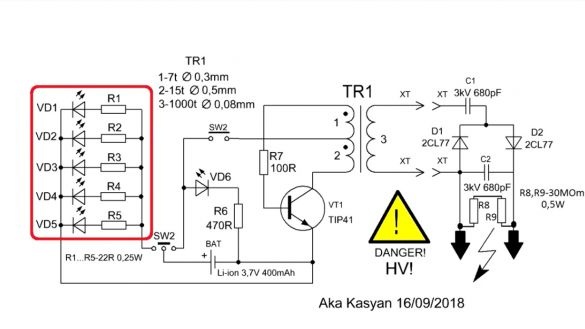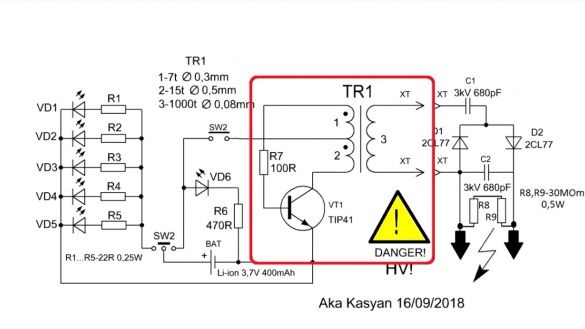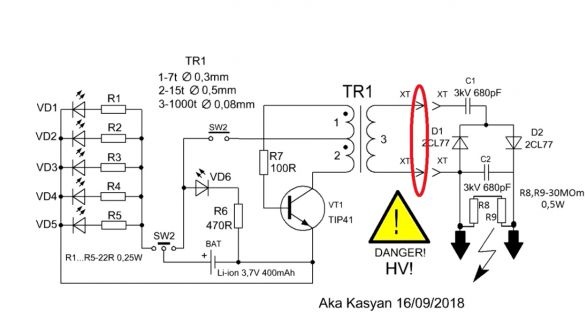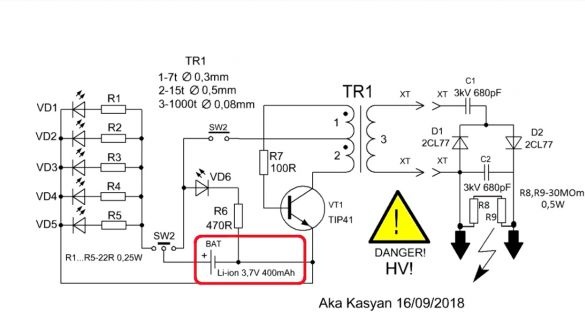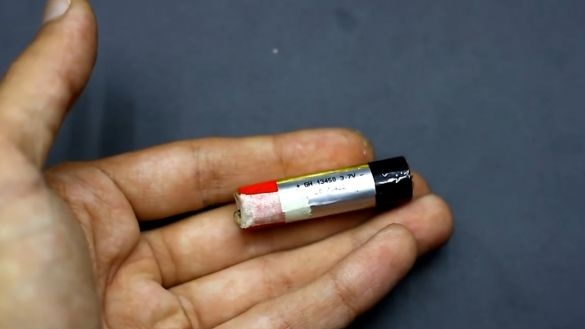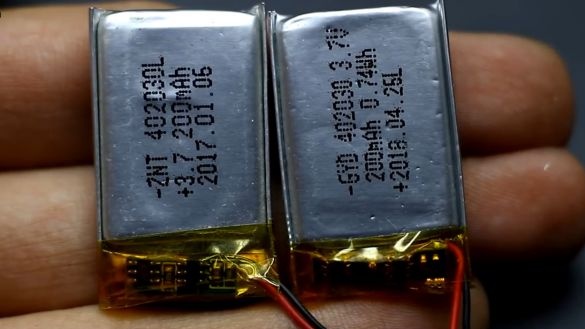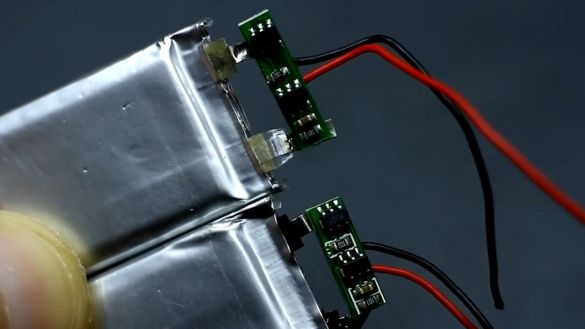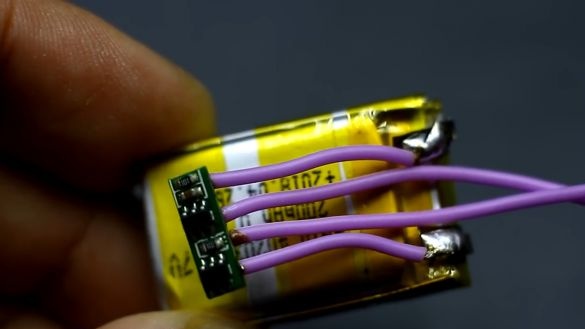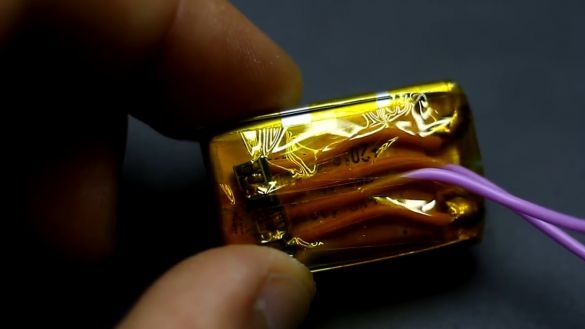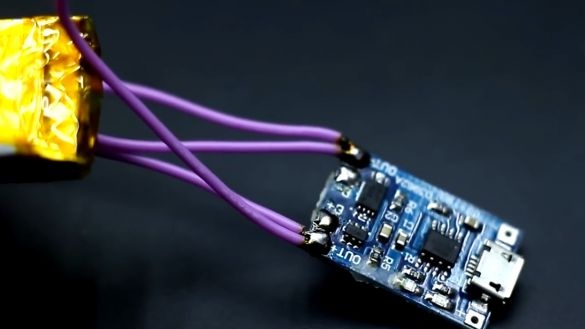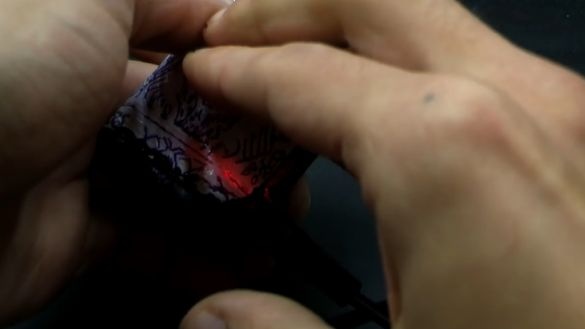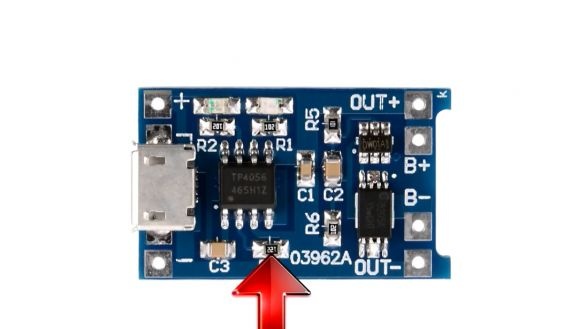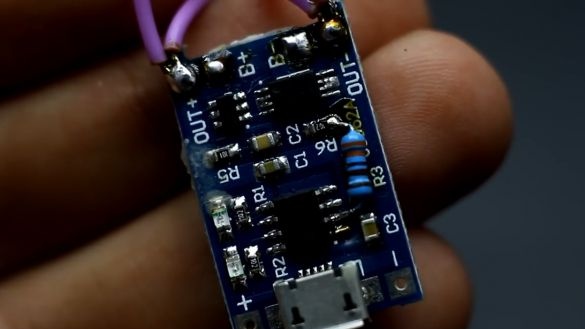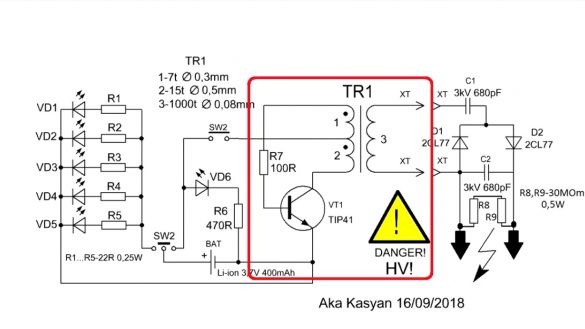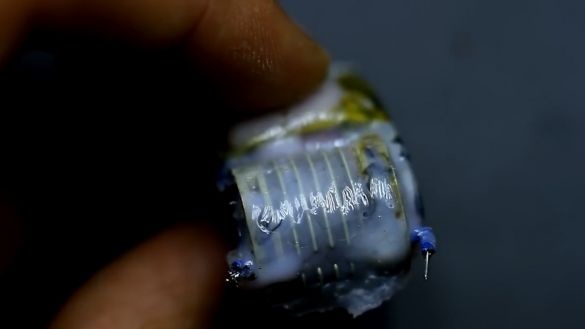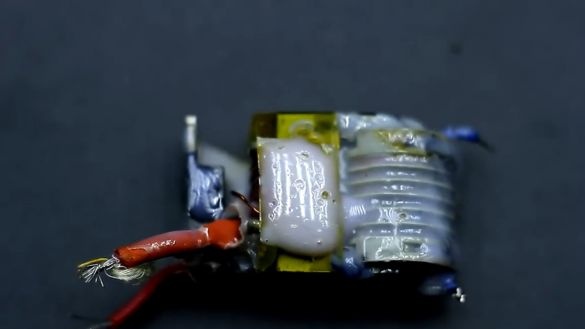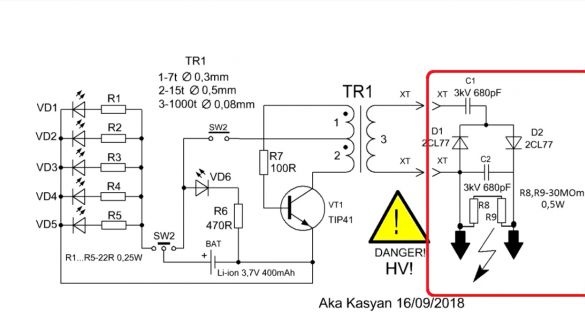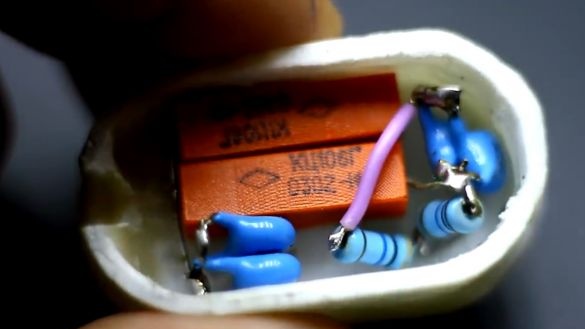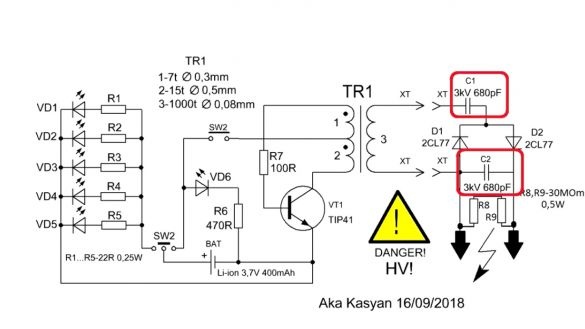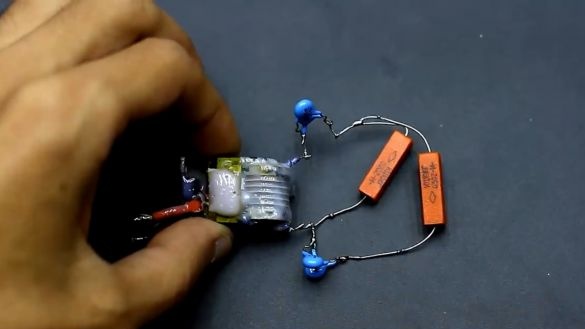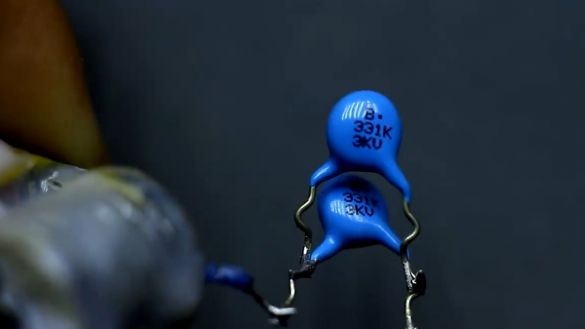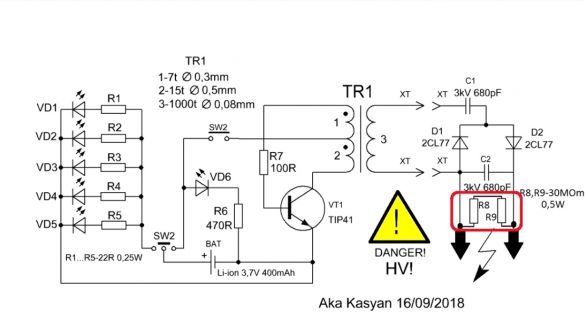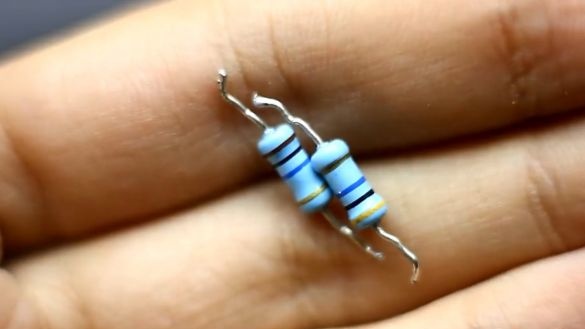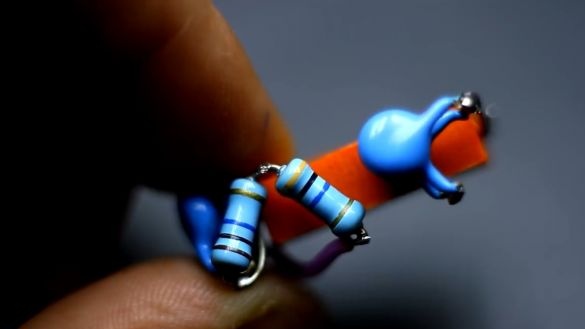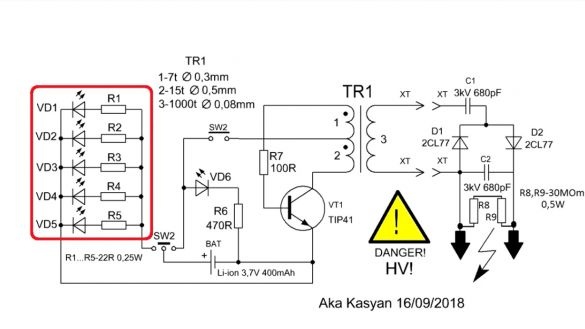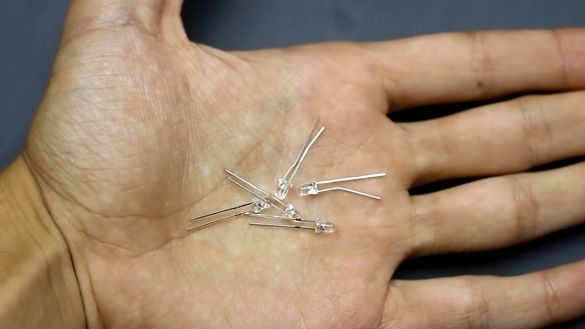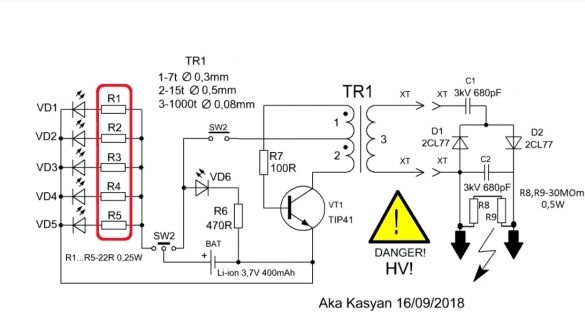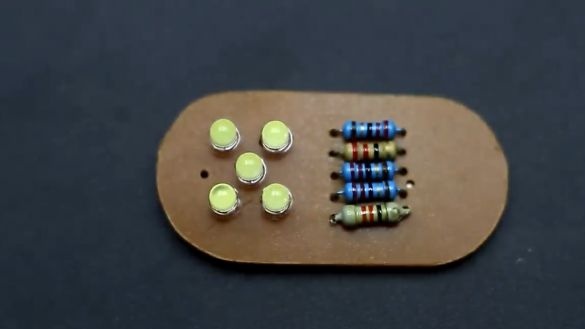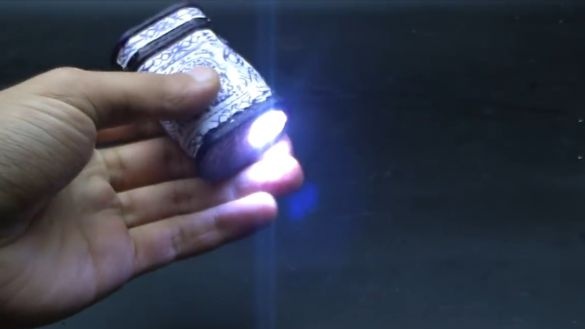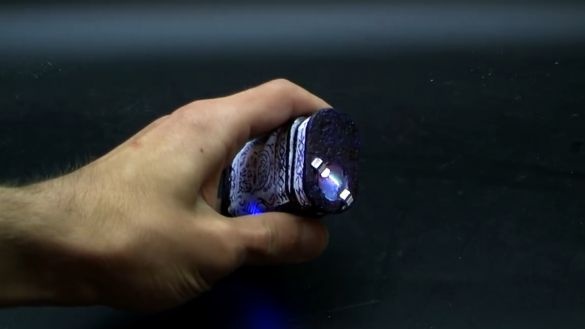Today, let's talk about lighters. They are different, traditional with a combustible substance, electric with a filament, electric arc and these are:
Here is a homemade electric arc lighter + flashlight + stun gun (author of "AKA KASYAN").
Combining these three very useful options in the lighter case has not yet occurred to even Chinese manufacturers. And with what Makar the author managed to shove the whole thing into this small building - another story. And it all started with the fact that he had a small, but quite good 3d printer.
Like any other on the site of the author, first he began to print all sorts of trinkets: vases, animals, and even vases and animals.
And when everything got tired of it, other thoughts began to climb. And rummaging through sites where you can download free models for printing, the author came across a box, or rather a cover for vape.
Then he figured out the dimensions and started printing. This printer is simple to disgrace, uploaded the print file to the memory card, stuck it in the printer and pressed a single button.
The case turned out to be quite worthy. There is a beautiful drawing with patterns on the case, but the author was not able to color it with dignity, okay, this is some other time. Initially, there was an idea to do something like “Zippo” lighters with a hinged lid, but the author did not find the required template, and he still does not know how to model it. For this reason, take the case that is most suitable for these purposes and print the case and a half.
This half will be with us as a cover. Take a loop with a non-working cheap lighter. We cut, cut, cut, and now the mechanism is in our hands.
Further fitting to our body. And after some torment, everything is ready. Ugly, messy, but it works.
Now the most important thing is electronics. The case turned out to be quite pocket-sized, quite comfortable and pleasant to the touch. We have to push the battery into it, the system of protection and battery charge (we will charge from the usb port), a flashlight, a high-voltage voltage converter to get a burning arc, and a high-voltage voltage multiplier, which, in fact, forms a low-power, but still stun gun . Plus you need a central switch and a button.
The first mode of the switch is the flashlight. The second mode is removal from the fuse.Then it remains to press the button, and the lighter starts to work. This decision was made to avoid spontaneous inclusion of a lighter in a pocket. With this, everything is clear, but what about the shocker? The bayonets on which the high-voltage discharges form are located on the lighter’s cap, and the voltage multiplier in the cap is completely filled with epoxy resin.
If the lid is open, the lighter is removed from the fuse and the button is pressed, this thing can be used for its intended purpose. If we close the lid and do the same, we get a stun gun.
Let's look at the diagram:
The protection system and the battery charge are not drawn on it, we'll talk about this a bit later. Well, with a flashlight, I think everything is clear.
Further voltage converter.
It forms a high voltage, at the output we get a burning arc. When we close the lid, high voltage through the corresponding contacts goes to the voltage multiplier, at the output of which we obtain high-voltage discharges.
And now in more detail.
Source of power.
There are many options. Initially, the author wanted to use a lithium battery from an electronic cigarette.
Such batteries are good in that they are high-current, and the converter circuit, which we will talk about a little later, devours a current of up to 1.5A from the battery. But in the end, due to the size of the case, it was decided to use a pair of parallel-connected lithium-ion batteries with a capacity of 200 mAh each.
First, remove the control board from the batteries. Then we connect them in parallel, and then connect the finished assembly of two batteries to one board.
Such a board provides protection against short circuits and deep discharge and overcharging. The protection trip current specifically for this board lies in the range from 1.8 to 2 A. As a result, we have a 3.7 V battery with a capacity of about 400 mAh. In theory, this should be enough for 15 minutes of continuous operation of the lighter.
The charger, or rather the charging circuit, is based on the popular TP4056 board.
This version of the board has a controller for the battery, but in this case it is not involved, since the response current of the protection of the native controller is very small, and when the converter was turned on, the circuit went into protection. This board also has a charge indication, it will allow you to charge a lithium battery from a voltage of 5V. The maximum charge current is about 1A. There is a lot of this for such batteries, so we will replace the current-setting resistor by 3.3 kOhm, thereby reducing the maximum charge current to 450 mA.
Voltage transformer.
It is this part that generates a high voltage of high frequency, the voltage at the transformer output is more than 3000 V. The temperature of the high-voltage arc is very high, and it can easily ignite combustible materials.
The circuit consists of a conventional blocking generator based on one bipolar transistor. The transformer is taken ready, they are sold on Aliexpress, the link can be found in the description under the author’s video (link SOURCE). Of course, you could wind the same transformer yourself, but if you are too lazy, then it's easier to use the ready-made one.
Sectional transformer. It was flooded with tar. During the short-term operation, the transistor almost does not heat up, so it makes no sense to sculpt it on a radiator.
Multiplier.
A high voltage doubler is hidden in the lighter cover. All this part is flooded with epoxy.
As part of a steam multiplier of ceramic capacitors by 3 kV, each capacitance is only 330 pF.
Each capacitor is connected in parallel with another one of the same, to increase the total capacitance. The multiplier circuit uses high-voltage diode poles with a reverse voltage of 10,000 V.
These diodes are still Soviet-made, but imported analogues are the sea. High voltage is applied to the bayonets that are located on the cover. The distance between them is only half a centimeter.It is possible and more, since the discharges stretch to a length of up to 1.5 cm. But in our case, this arrangement of pins is due to the design features of both the multiplier and the lid as a whole.
Parallel to the output of the multiplier, a pair of series-connected resistors are installed, each has a resistance of 30 mOhm.
These resistors discharge the residual voltage of the multiplier after disconnecting the shocker.
Flashlight - This is an additional, optional, but chewing option.
In the role of a flashlight are 5 bright 3-millimeter LEDs.
Each LED is connected through its own 22 Ohm current limiting resistor. You can limit yourself to one resistor, but in this case, the glow of the LEDs may differ. The flashlight is assembled on a separate board and is located at the very bottom of the lighter. Nothing really shines. In the dark, it is quite possible to illuminate the path, but it also eats quite a bit, about 200 mA. After 2 hours of continuous use, the battery can completely discharge.
That's it. Thank you for attention. See you soon!
Video:


